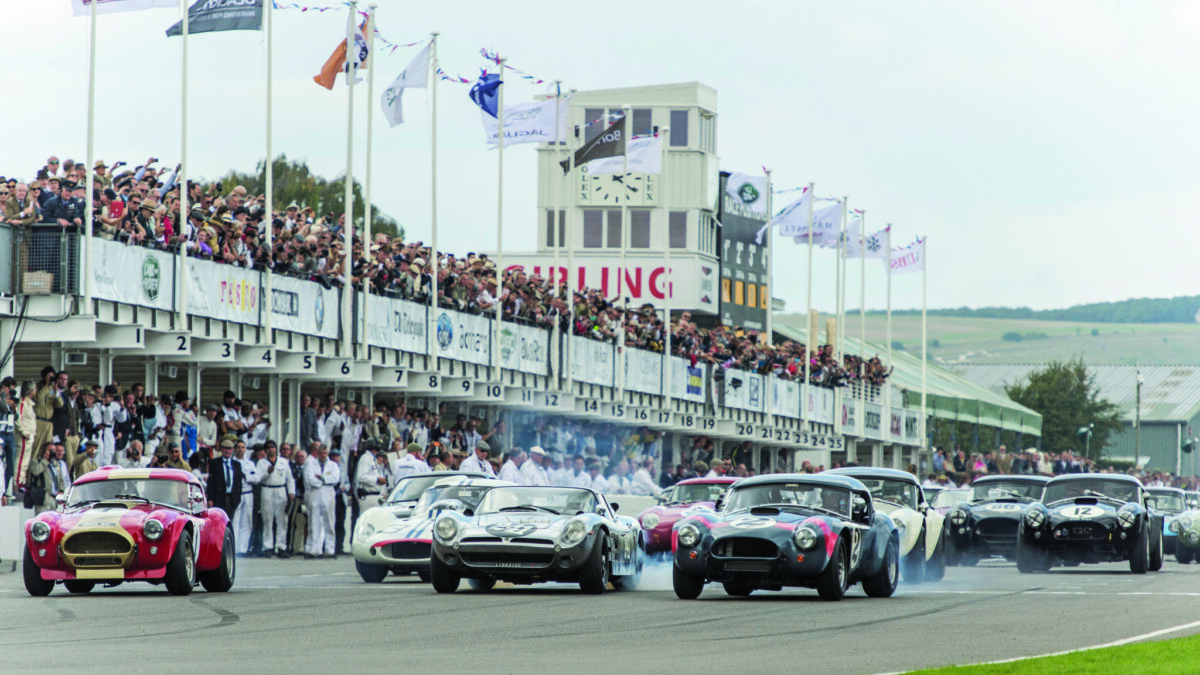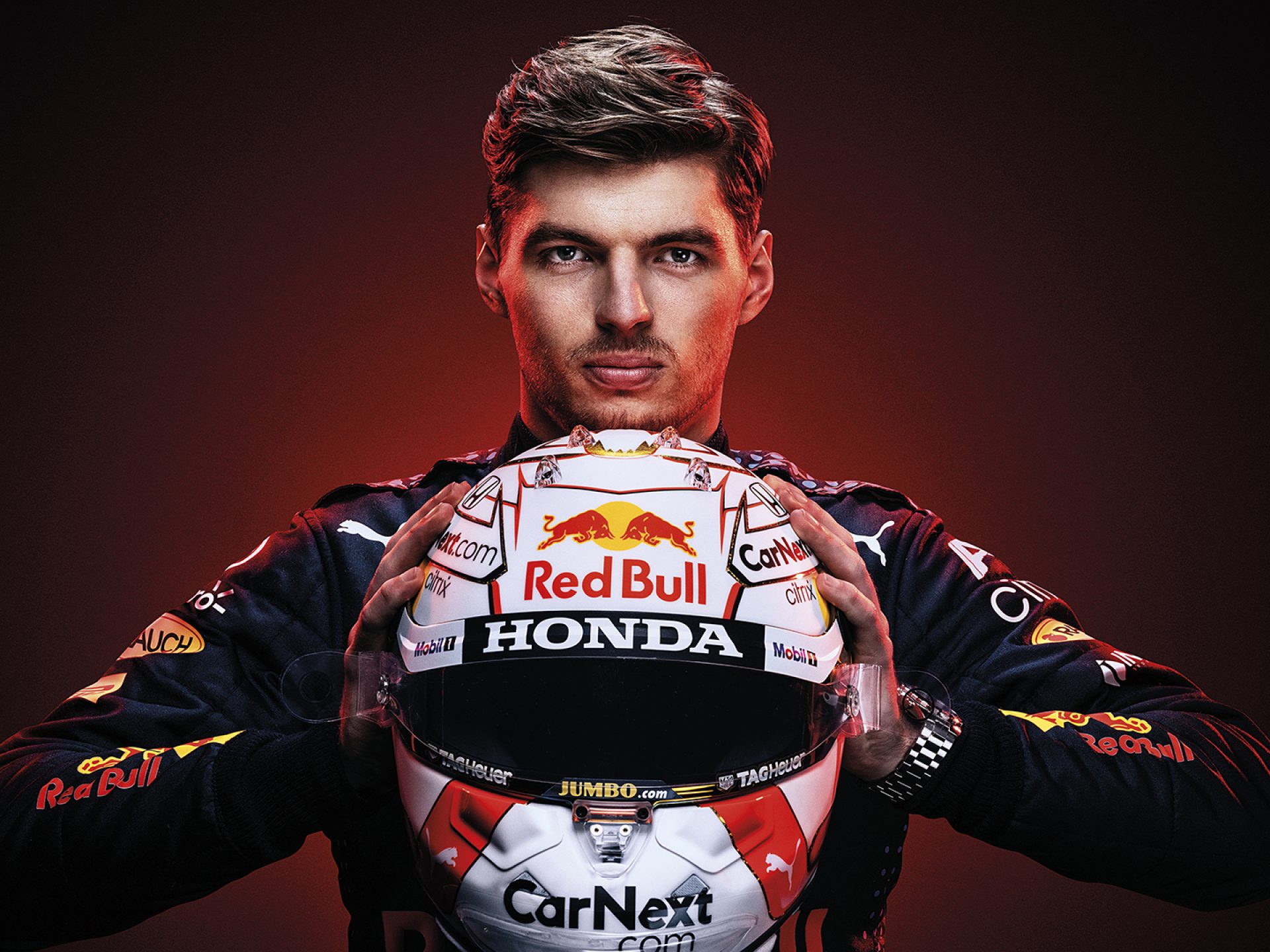Magazine

May 12, 2021

This article was originally published in Populous Magazine, our biannual publication featuring news and trends from the worlds of sport, entertainment, and major public events. Find out more, and sign up to receive a free copy, here.
Red Bull on the top step of the podium, Max Verstappen resplendent in victory, Mercedes subdued, Lewis Hamilton beaten. Could this be the vision for Formula One in 2021? That was certainly the picture at the last race of 2020 in Abu Dhabi, where Verstappen’s emphatic win from pole position presaged a meaty 2021, a season of genuine head-to-head rivalry between the sport’s alpha males. Or did it?
Whilst there is always scope for optimism, reality in Formula One is not always a moveable feast. Red Bull struggled early in last year’s radically improvised season with aerodynamic volatility. The behaviour of the RB16’s rear end was particularly problematic. Red Bull stabilised aerodynamic performance significantly by the close to get Verstappen to the chequered flag ahead of Hamilton. Set against that, Mercedes stopped developing their dominant hybrid beast halfway through the season, shifting their energies to the design of the 2021 car after the Belgian Grand Prix in August. Add into the equation the diminished output in the season finale of the returning Hamilton, weakened as he was by a bout of Covid-19 that kept him out of the penultimate race in Bahrain, and Verstappen’s win, as good as it was, was arguably further devalued.
The big design shake-up originally conceived for 2021 has been put back a year to keep costs down because of the pandemic, which means the basic architecture of the cars – the chassis and power unit – is fundamentally unchanged this season. However, four aerodynamic changes have been imposed by the regulators to reduce downforce in order to slow the cars a little. (And here we need to get a little technical.) These relate to the rear floor structure, which now narrows towards the back wheels, the removal of slots or openings along the sides of the floor, the reduction of rear winglets on the break ducts, and shortening by 50mm the upright fences in the rear diffuser. In total, the changes reduce aerodynamic efficiency by an estimated 10 per cent.
There is scope to develop some mechanical elements of the cars under a token system. Each team has a maximum of two tokens to spend on upgrades throughout the season. The tokens cover approximately 40 parts. Changes to bigger items such as the gearbox and the front and rear suspensions will use up both tokens. Aerodynamic tweaks to the surface of the car are unrestricted and fall outside the token system. Red Bull team principal Christian Horner estimates the team’s 2021 car is 40 per cent changed from last year’s model.
Which begs the question, will that be enough to give Verstappen the necessary oomph from race one to reel in Hamilton? This being the final season of Honda’s participation in Formula One, Red Bull will want to squeeze the last drop of performance from that relationship. Indeed, given the uncertainties relating to their engine supply in 2022, this might represent the best chance Red Bull have of landing a blow on Mercedes in the short term.
"Up until now, Red Bull have not had the tactical options to challenge both Hamilton and Mercedes team-mate Valtteri Bottas..."
Verstappen’s prospects are enhanced by the one upgrade guaranteed to improve results. The decision by Red Bull to replace junior driver Alex Albon with the more experienced Sergio Pérez provides the team with a second angle of attack. Up until now, Red Bull have not had the tactical options to challenge both Hamilton and Mercedes team-mate Valtteri Bottas. Pérez showed all his mental strength in delivering a first career victory in his 190th race at the Sakhir Grand Prix in December. Were he – rather than Lance Stroll – the son of the team’s owner, he would probably still be racing for the newly badged Aston Martin in 2021.
Red Bull stepped in to steal Pérez, leaving racing advisor Dr Helmut Marko to outline the importance of a two-pronged attack. “If you’re five tenths behind in qualifying, you’re not fourth, you’re seventh or eighth. And that makes you worthless for the team in the sense that you can’t be used for strategic games. Pérez has to be within striking distance of Max in race trim. It may be a maximum of two tenths – something in the region – maybe even less. We’ll see in qualifying, as nobody has managed to reach his level yet.”
Hamilton spent part of the winter training at altitude to prepare for his assault on an unprecedented eighth drivers’ crown. As marvellous an achievement as that would be, the sport is desperate for a fresh narrative, if not a new king. Verstappen is the sport’s heir apparent, the driver with both the talent and the charisma to take on Hamilton and attract eyeballs in big numbers. After the unprecedented travails of 2020, Formula One fingers are crossed that Verstappen can deliver the mother of all showdowns in 2021.
Formula 1 drivers regularly burn rubber at the Silverstone Circuit in the UK, partly designed by Populous.
Lorem ipsum dolor sit amet consectetur, adipisicing elit. Non facere corporis et expedita sit nam amet aut necessitatibus at dolore enim quis impedit eius libero, harum tempore laboriosam dolor cumque.
Lorem, ipsum dolor sit amet consectetur adipisicing elit. Illo temporibus vero veritatis eveniet, placeat dolorem sunt at provident tenetur omnis, dicta exercitationem. Expedita quod aspernatur molestias eum? Totam, incidunt quos.